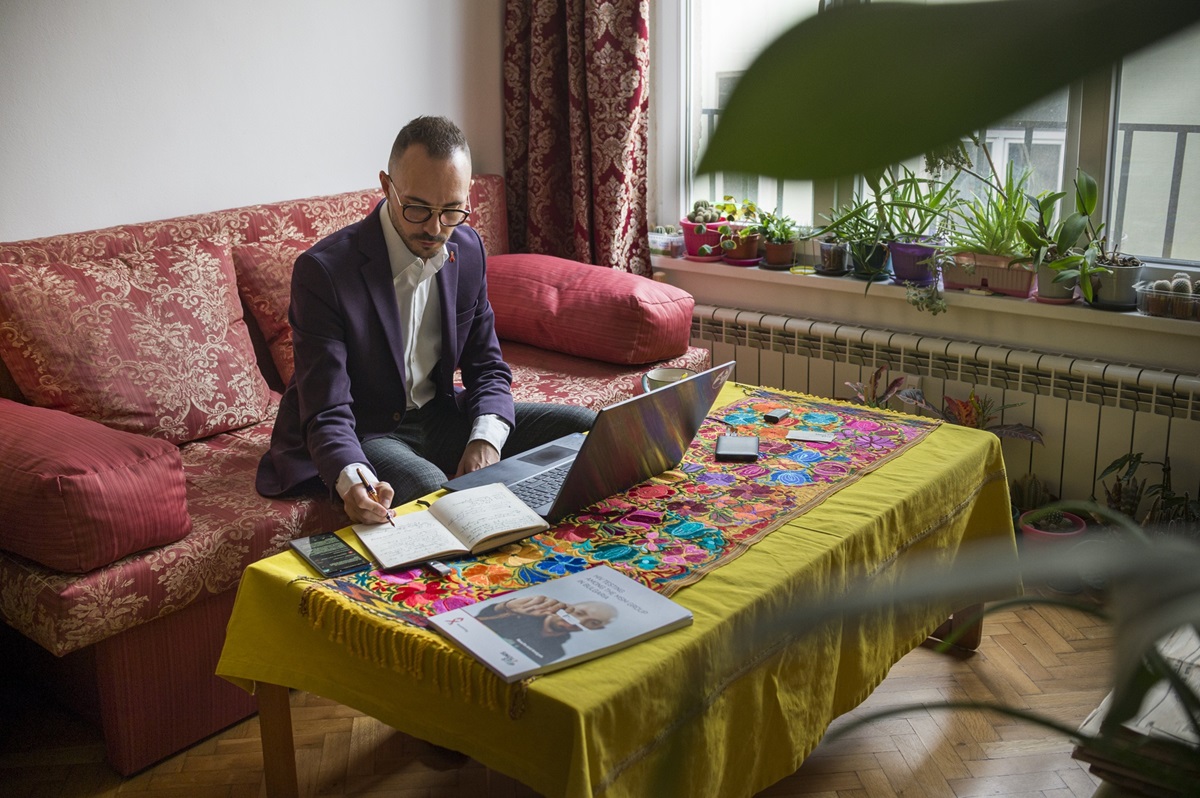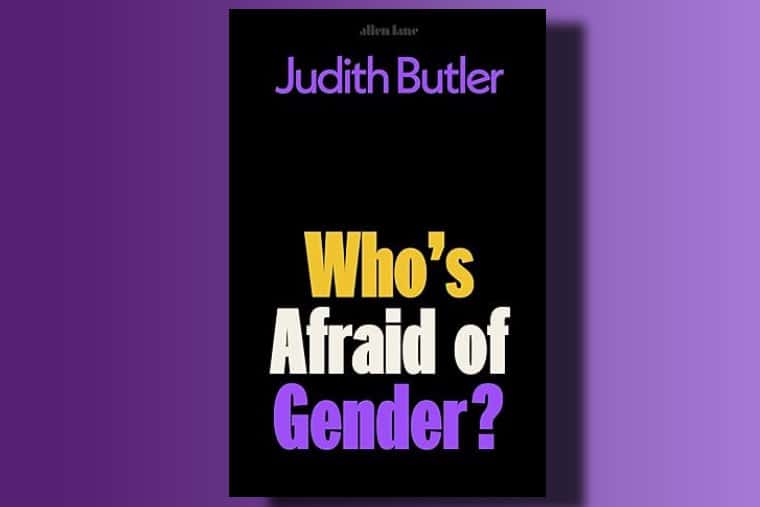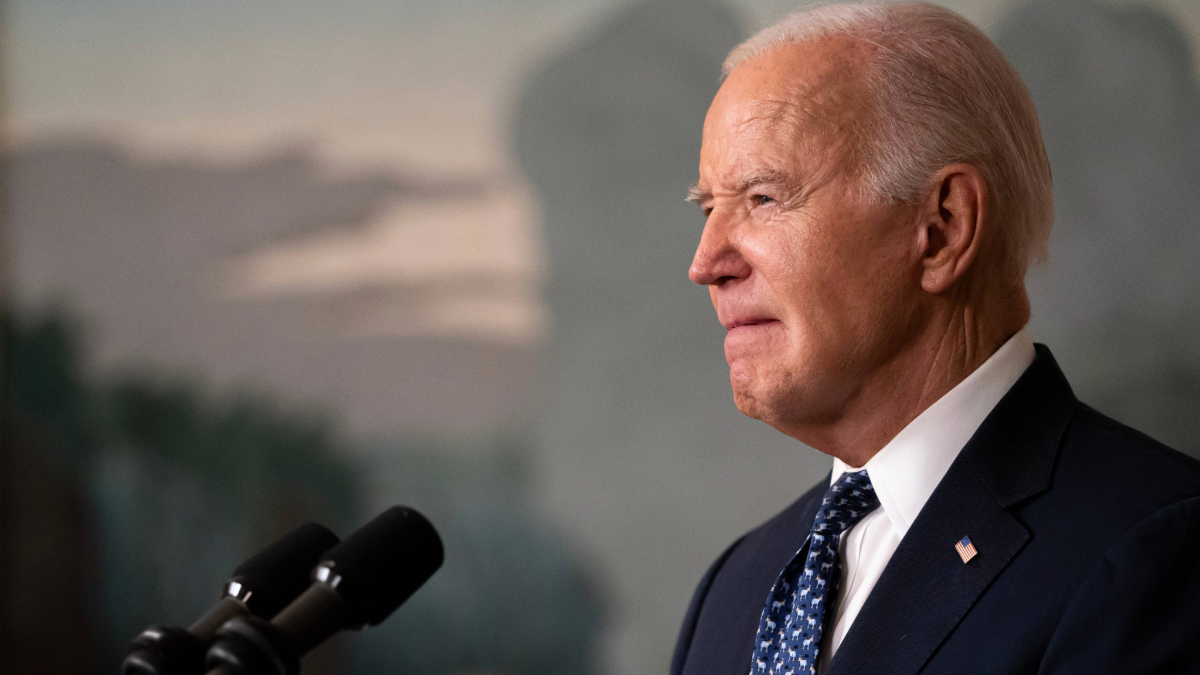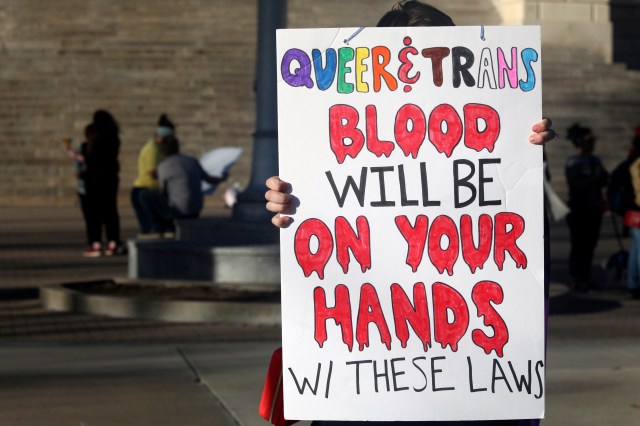
For World AIDS Day, marked on 1 December, the World Health Organization (WHO) is joining international partners to acknowledge the resilience, dedication and innovation exemplified by community leaders and organizations in the response to the HIV epidemic.
From fighting stigma and discrimination, to advocating for access to affordable interventions, and community led services that put people with lived experience at the centre, communities have shaped the HIV response for decades.
“People living with or affected by HIV have left an indelible mark on the world with their activism,” said Dr Tedros. “The affected communities who fought for tools to prevent, test and treat HIV enabled 30 million people to access antiretroviral therapy, and helped to avert an unknowable number of infections. We stand together with communities to help end AIDS as a public health threat by 2030.”
Several decades of investments and learnings from the HIV epidemic have catalysed broader advancements in global health and national health systems. The response to HIV strengthened healthcare systems and increased access to services beyond HIV testing and treatment. Investments and infrastructure from the HIV response enabled strong and swift responses to many diseases including COVID-19 and mpox.
Despite significant progress, HIV remains a pressing public health issue
Globally, 9.2 million people do not have access to the HIV treatment that they need. Each day 1700 lives are lost from HIV-related causes, and 3500 people are infected, with many not knowing their status or having access to treatment.
Innovations in HIV tools, such a powerful once a day pill for HIV treatment and accessible viral load testing, have enabled significant progress. The fact that people living with HIV, who take their HIV treatment as prescribed and have no virus detectable in their blood, have zero risk of transmitting HIV to their sexual partners, is just one such example. This was the result of years of advocacy and investment, and is a reminder that the target of ending AIDS as a public health threat by 2030 is achievable, provided there is sufficient political will and sustained investments.
Funding, criminalization, and limitations placed on the roles of community champions hinder the progress achieved by community leaders and slow global progress to ending AIDS as a public health threat. Many communities, such as key populations of men who have sex with men, transgender people, sex workers, people who use drugs, and adolescents, still lack access to the prevention, treatment, and care services that they need and deserve. These inequalities continue to drive the uneven progress on HIV.
With less than 7 years to reach this goal, there is still an urgent need for continued funding to HIV programmes so that community leaders can continue reaching those affected. These efforts are essential to close the gaps in diagnosis and treatment for children living with HIV, and help all countries move closer to the 95-95-95 targets, which aim for 95% of people living with HIV knowing their status, 95% of those diagnosed receiving antiretroviral therapy and 95% of those on treatment having suppressed viral loads. WHO will continue to work with partners and call on leaders to prioritize the needs of affected populations.
“We call for global solidarity with communities today and every day,” said Dr Meg Doherty, WHO Director of Global HIV, Hepatitis, STI Programmes. “The leadership of affected communities has been vital to moving forward the HIV response, despite the legal, economic and social barriers they face.”
Partnership with people living with and affected by HIV is critical to the sustainability and ultimate success of the HIV response. WHO stands with global partners to applaud the role of the communities in closing the testing, treatment and care gaps for those left behind and in driving progress towards ending AIDS as a global public health threat.



